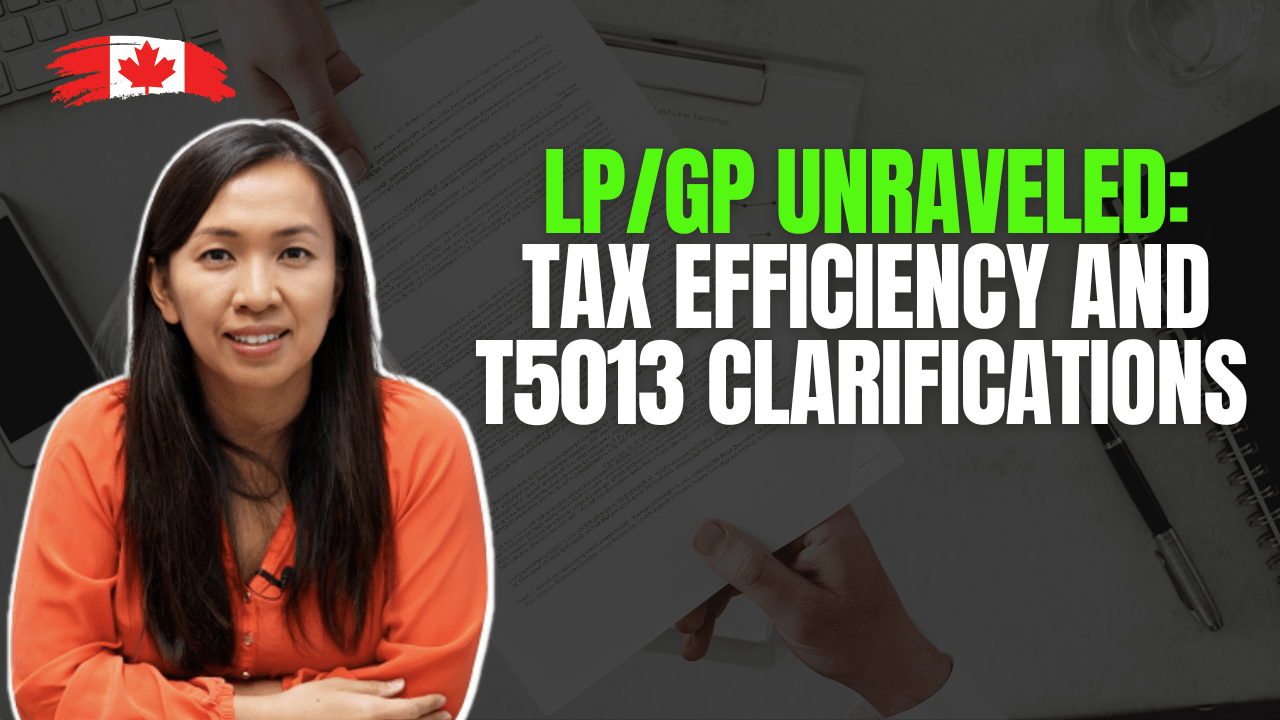Investing in Limited Partnerships (LPs) within the LP/GP structure offers unique opportunities and benefits for real estate investors. LPs provide investors with the chance to participate in lucrative ventures while minimizing active management responsibilities. However, navigating the complexities of LP investments, including tax implications, requires a comprehensive understanding of the structure and its implications. In this blog post, we’ll explore the LP/GP structure, its tax benefits, and address common questions that investors may encounter, providing valuable insights for those considering or already involved in LP investments.
LP/GP Structure Explained:
Partnerships are a common business structure where two or more individuals or entities collaborate to pursue a shared goal or venture. In a partnership, each partner contributes resources, such as capital, expertise, or labor, and shares in the profits and losses of the business. This collaborative approach allows partners to leverage each other’s strengths and resources, leading to mutual success.
One form of partnership is known as a Limited Partnership (LP). In an LP, there are two types of partners: General Partners (GPs) and Limited Partners (LPs). GPs are responsible for managing the day-to-day operations of the business and making strategic decisions, while LPs contribute capital to the partnership but have limited involvement in management. Importantly, LPs benefit from limited liability, meaning their personal assets are shielded from the partnership’s liabilities and debts beyond their initial investment. This structure provides LPs with the opportunity to invest in the partnership without taking on active management responsibilities, making it an attractive option for passive investors in various industries, including real estate.
Tax benefits of LP/GP structure
Top of FormThe flexibility offered by the LP/GP structure extends to how investors choose to structure their investments. Investors have the option to invest using their personal names, through their corporations, or even through registered funds for eligible LP investments. Each investor can select the investment structure that aligns best with their financial goals and preferences. For those opting to use a corporation as their investment vehicle, individual investors would typically subscribe to shares in the corporation.
Now, let’s consider the tax benefits of investing in a Limited Partnership (LP) within the LP/GP structure using an example. Suppose you’re contemplating investing in an LP that focuses on a condominium construction project. During the initial years of the project, significant expenses are incurred, many of which are tax-deductible by the LP. These deductible expenses, such as construction costs and development expenses, are distributed among the individual limited partner investors. Each investor reports their share of these expenses on their personal or corporate tax returns, depending on their ownership structure. The net losses generated by the LP investment can then be used to offset other income, resulting in potential tax savings for the investors.
Now, let’s explore another scenario where the LP/GP invests in an apartment building. The property generates rental income, which is offset by deductible expenses, including maintenance, property management fees, and mortgage interest. Additionally, the LP/GP can claim depreciation expenses on the property, which further reduces the net rental income to zero. However, despite having zero net rental income, the LP/GP decides to refinance the property during the year, resulting in a cash distribution to the LP investors. Since the distribution represents a return of capital rather than income, LP investors are not required to report it as taxable income, allowing them to receive cash distributions from the LP/GP investment on a tax-free basis.
In both examples, the LP/GP structure provides investors with valuable tax advantages and flexibility, making it an attractive investment vehicle for real estate ventures.
My LP Investments Sent Me a T5013 this Year Showing a Taxable Income, but I Never Received Any Cash. Why Am I Paying Tax on Income I’ve Never Received?
Now, let’s address a common question that often arises among investors involved in LP investments. Many individuals receive a T5013 slip from their Limited Partnership (LP) investments, indicating income earned from the investment. However, they may find themselves puzzled as they did not actually receive any money from the LP/GP during the tax year. This scenario can understandably lead to confusion and frustration, particularly when it comes to paying taxes on income that was not received.
The explanation lies in the unique tax reporting requirements associated with LP investments. Limited Partnerships are required to issue T5013 slips to their investors, detailing the income earned and expenses incurred by the partnership during the tax year. These slips are necessary for investors to accurately report their share of the partnership’s income on their tax returns, regardless of whether they received any distributions from the LP/GP.
It’s essential to understand that the income reported on the T5013 slip represents the investor’s share of the partnership’s overall income, including rental income, capital gains, and other sources of revenue. Even if the investor did not receive any cash distributions from the LP/GP during the tax year, they are still required to report their share of the partnership’s income on their tax return.
Let’s illustrate this with an example. Imagine the LP invested in an apartment building rental. They devoted substantial funds to upgrading the building, taking on additional debt in the process. By enhancing the property, they managed to increase rents across most units, resulting in a net income. However, the improvements made to the building are not considered deductible expenses by the CRA and cannot be offset against the net rental income. Despite maximizing the allowable capital cost allowance on these new improvements, they are still left with a net income to report. Unfortunately, due to the significant capital investments and the additional debt, there’s no surplus cash available for distribution to investors.
In summary, while it may seem perplexing to receive a T5013 slip indicating income from an LP investment without corresponding cash distributions, it’s important to recognize the underlying tax reporting requirements and the nature of partnership investments. Understanding these nuances can help investors navigate their tax obligations with clarity and confidence. If you find yourself in this situation or have further questions regarding LP investments and tax reporting, consulting with a knowledgeable tax professional or financial advisor can provide personalized guidance tailored to your specific circumstances.
In conclusion, the LP/GP structure offers real estate investors a versatile and tax-efficient investment vehicle to participate in lucrative ventures while mitigating management responsibilities. Understanding the roles of Limited Partners (LPs) and General Partners (GPs), as well as the tax benefits associated with LP investments, is essential for maximizing returns and minimizing tax liabilities. Additionally, addressing common questions, such as the reporting of income on T5013 slips, provides clarity and guidance for investors navigating the intricacies of LP investments. By leveraging the flexibility and advantages of the LP/GP structure, investors can make informed decisions and optimize their real estate investment portfolios. As always, consulting with a knowledgeable tax professional or financial advisor can offer personalized guidance tailored to individual investment strategies and objectives.
Until next time, happy Canadian Real Estate Investing.
Cherry Chan, CPA, CA
Your Real Estate Accountant





